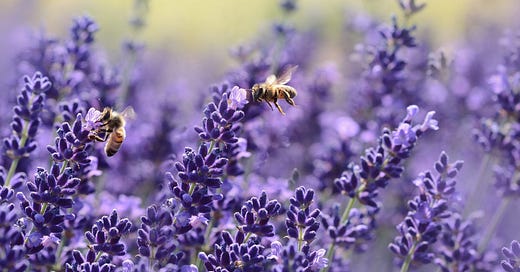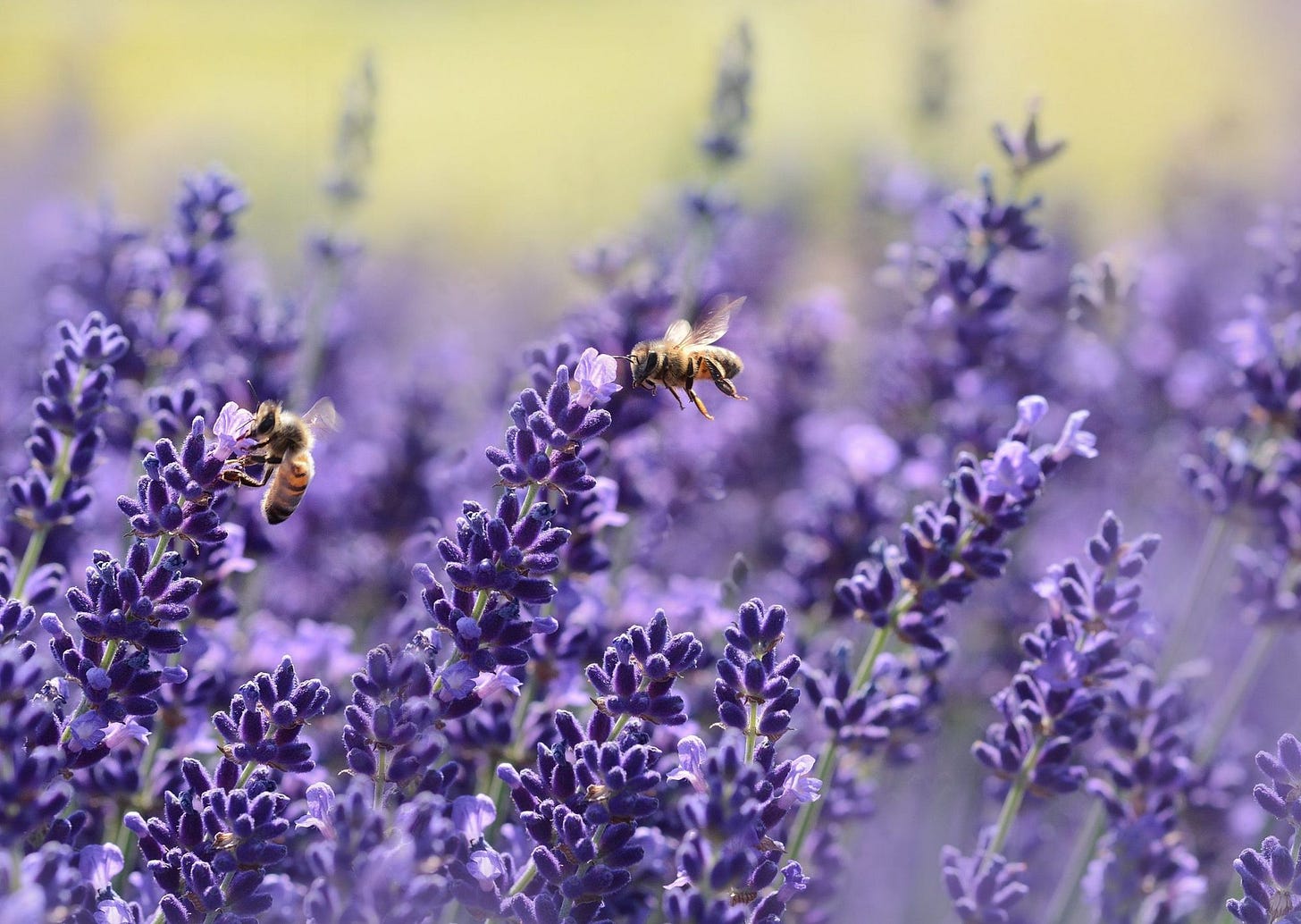🌲 The Konik Philosophy of Gardening, Digital & Otherwise
Notetaking guides, like gardening guides, are often very regimented. But sometimes you need to dive in & figure out what works for you.
I am a very practical soul. One of the ways my practicality manifests in my gardening is that I have a very firm rule about only planting things that are edible. It’s similar to my notetaking rule of thumb in that I only save things that are useful. In fact, the more I think about it, the more I like the metaphor that a collection of notes is a digital …
Keep reading with a 7-day free trial
Subscribe to Manuscriptions to keep reading this post and get 7 days of free access to the full post archives.



